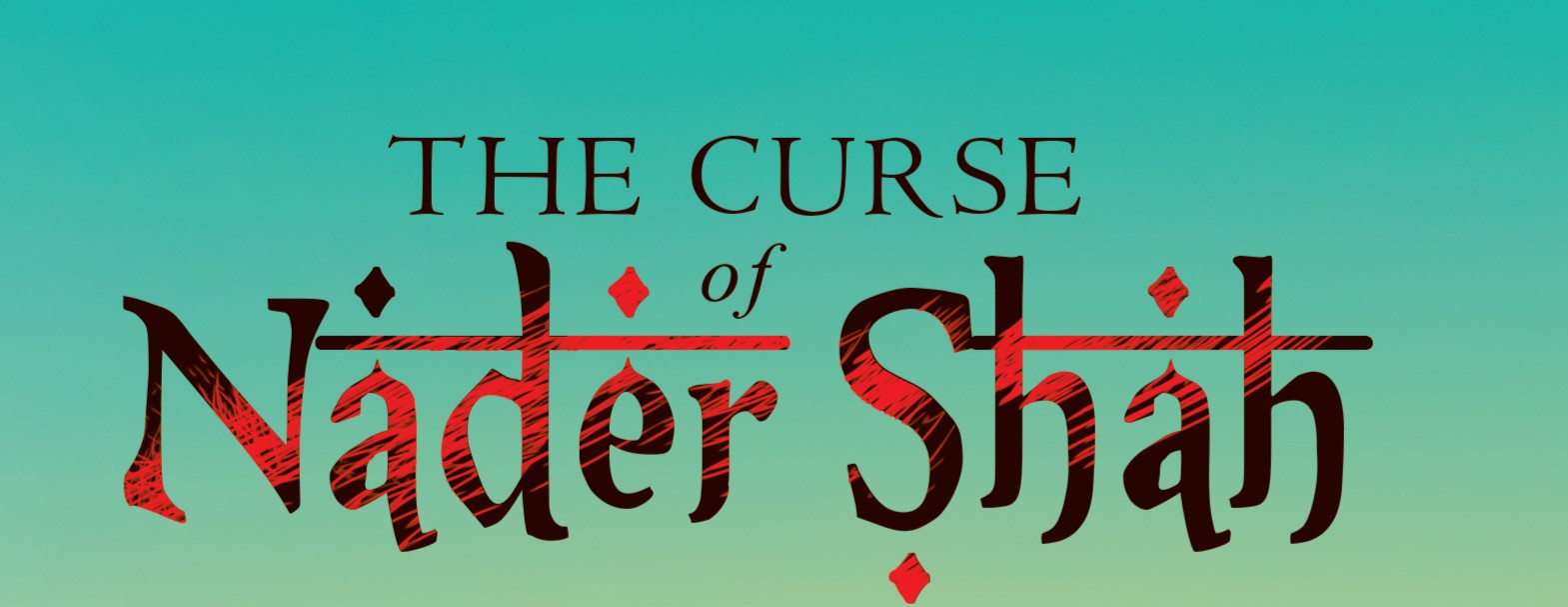What do you know about Nader Shah? When I decided to write about Nader Shah, all I knew about him was that he had invaded India and stolen the Peacock Throne and the Koh-i-noor diamond. Then, I began to research through academic books about him, films made on him and numerous Iranian chronicles mentioning him. And a world of data emerged from my study.
Why invade India?
While it is correct that Nader Shah invaded India, do we know the reasons behind his action? The facts reveal that he had a soft spot for the ruling Mughal Emperor, Muhammad Shah, simply because he believed both of them had descended from the Turco-Mongol conqueror, Timur. According to his own missives to the Mughal Emperor, he had been forced to invade Hindustan because the Mughal court was refusing to give up Afghan rebels whom he wanted to destroy.
Fiscal reasons
Of course, there was an economic reason for the invasion, too. When Nader Shah catapulted himself to the throne of Persia, his aspiration was to become a world conqueror like his hero, Genghis Khan. The royal treasury was already depleted by the extravagance of the previous Shah. Despite taxing the citizens of Persia to starvation, Nader was unable to raise sufficient funds to campaign against Afghanistan, Turkestan, Khwarezm and the powerful Ottoman kingdom and thus build his Empire. A lot of money was also needed to keep the Russians behind the Persian borders and quell the revolts constantly exploding among the militant Persian tribes. In the 17th century, the Mughal Empire was the richest empire in Asia. It was but natural that Nader Khan would look to it to fulfill his fiscal demands.
How did Nader’s dream fructify?
Before we decide to slam his greed, let us also probe why his ambitions bore fruit. Muhammad Shah ruled over a huge region; from Kabul in the north to the Arabian Sea in the west to the delta of Bengal in the east to Mysore in the south. The Mughal army consisting of warriors from all regions, horses, elephants, camels and cannons was many times the size of Nader Shah’s army. But rivalry and political hostilities within the Mughal court led to factions which fought each other. The Emperor, himself an indolent drunkard, was unable to control his nobles. So, on the plains of Karnal, all Nader Shah had to do was use clever strategy and focused troop movements to defeat the much larger Mughal army. Further, he had defeated only a part of the Mughal army. If Muhammad Shah wanted, he could have launched a counterattack, but dereliction of duty and his utter cowardice led the Mughal Emperor to offer the Mughal crown to Nader Shah. Mind you, Nader did not snatch the crown. It was offered to him! Besides, he gave the crown back to the Emperor in return for regular tributes for he had come not to rule Hindustan but to plunder it.
Nader massacred Delhi
Nader is vilified for his massacre of Delhi’s citizens. The truth is that he had tight control over his troops strictly warning them of dire consequences if they misbehaved with the people of Delhi. However, the people of this beautiful city had never reconciled to the idea that their Emperor had given away the Empire to Nader Shah. The initial docility of the fierce Persian troops was mistaken for weakness and Delhi rioted against them. It was when citizens began to attack Persian soldiers in the streets did Nader order his army to teach them a lesson. And when an army is on the rampage, it becomes a bloodthirsty beast that cannot differentiate between the guilty and the non-guilty. Thousands of innocent men, women and children were killed in a furious genocidal frenzy of just a few hours.
Nader looted Delhi
Yes, Nader took away the Peacock Throne and emptied the extensively wealthy Mughal treasury as well as appropriated tributes from the citizens of Delhi. But what was his original intention? He was only being true to it; the plunder of Hindustan. From Delhi, he had ordered a cessation of taxes in Persia for three years, so much was the loot he was carrying back. Unfortunately, he was able to enjoy his wealth for only a few years until he was assassinated by his own officers. The extraordinary jewels and riches from the Mughal treasury scattered across the world after his death.
Protector of Persia
It is interesting to note that Nader’s ascent, a shepherd’s son rising to become the Shah of Persia, is a rare example of popular demand. No doubt, he must have manipulated them, but he was actually requested by the tribal leaders, nobles and the mullahs to accept the jique, a cluster of heron feathers worn on the right side of a headdress and a symbol of Persian royalty. He was hailed as the protector of Persia’s sovereignty and it was only later that his people alluded to him as a tyrant. He was the first ruler to lay down an efficient system of tax and property identification in Persia.
Nader the tyrant
Nader wanted to leave behind an independent Persia with safe borders ruled by his own dynasty, but it did not transpire. His own ill health combined with an overly suspicious nature led him to destroy everything he had built with the power of his sword. He blinded his beloved son and heir and carried within him an agony that transmitted into diabolical cruelty and tyranny in his later years.
Nader the commander
Nevertheless, Nader Shah is known for his brilliant military planning. An English man of his times wrote of his military moves, ‘In the conduct of his wars he ever preferred stratagem to force. His marches were amazingly rapid, and his progress so irregular and contrary to the ordinary rules of war that he confounded his enemies.’ He built a war machine with the latest equipment and troops trained in all kinds of warfare that could have made him, if not a world conqueror, at least the head of the Islamic state had he the will to overrun the Ottoman Empire.
He called himself the Sword of Persia. What made the edge of this sword gleam with the sharpness of decimation and later rust into bluntness with desolation is an historical chronicle well worth knowing and comprehending.
I hope you enjoy my rendition of it in The Curse of Nader Shah: The Rise and Fall of a Tyrant.


Comments